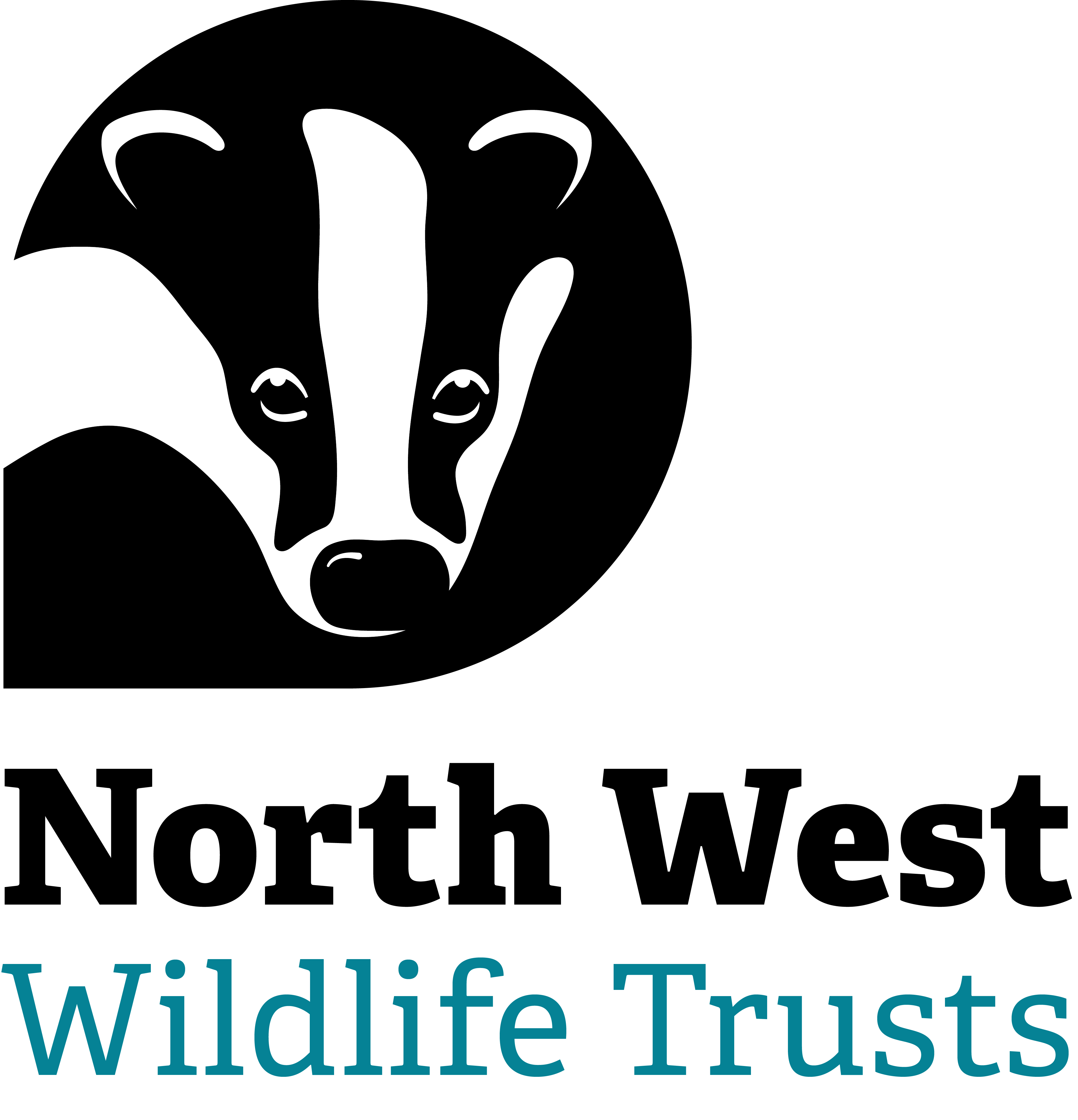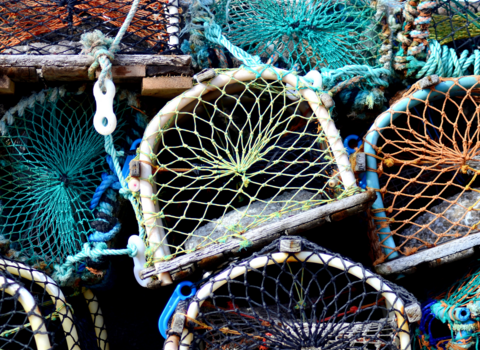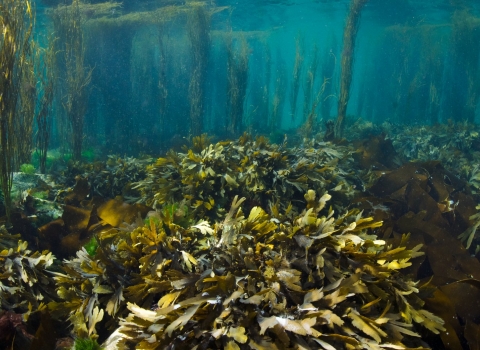What is the Cumbrian creel project?
The Cumbrian creel project is an innovative project working with local fishermen to diversify away from destructive bottom-towed trawling to more sustainable methods. In July 2019, management measures were implemented within the West of Walney Marine Conservation Zone, prohibiting the use of bottom-towed fishing gear, such as trawls, from the majority of the site. Exploring the feasibility of other, more sustainable fishing methods to target the same species within protected areas could reduce the socio-economic impact of these designations.
Creel fishing has the benefit of catching a higher-value and quality product, caught using lower-impact methods. Creeling for Nephrops (aka scampi, langoustines, or Dublin Bay prawns) could yield a higher unit price due to larger target sizes and better condition of the catch. Switching to creeling for Nephrops would: allow the recovery of associated habitats and other marine organisms; reduce bycatch and increase bycatch survival; increase the areas fisherman can utilise; and increase biodiversity. Creeling could introduce a fishery that targets higher-quality catch, reduces environmental impacts and increases the economic sustainability of inshore fishing fleets.
How does creel fishing help marine life?
The seabed off Cumbria's coast is home to a vast area of subtidal mud - an incredibly rich and diverse habitat, which is teeming with marine life, from singular sea pens to boundless brittlestar beds, and of course the burrowing superstars Dublin bay prawns, or as you may know them: scampi. But years of intensive trawling have damaged this beautiful habitat, leaving it degraded and in desperate need of recovery.
This is where we come in: unlike trawling, creel fishing is a low-impact method of catching scampi, using static pots which don't damage the surrounding seabed, and allow fishers to take only the largest individuals, leaving the juveniles and pregnant (or "berried") females, to maintain a stable and healthy population.
By supporting creel fishing, we not only help our local small-scale fishermen to diversify their business and adapt to the challenging economic climate, but we also protect the seabed from damaging trawling: a win for wildlife and for communities!
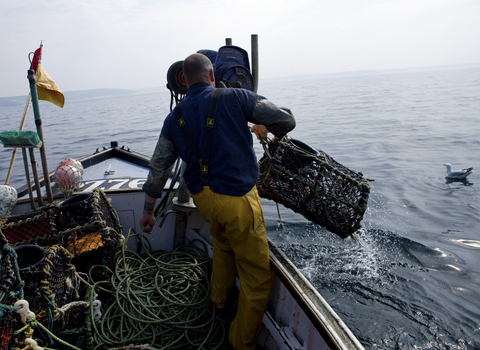
Fisherman hauling lobster pot onto his boat © Toby Roxburgh/2020VISION
Sustainable communities
Supporting sustainable fishing is about so much more than recovering fish stocks - it's about rebuilding our relationship with the sea, and creating communities where both people and wildlife thrive.
Pilot project
A pilot project was run in 2019. Overall, 390 Nephrops were caught in 298 creels over 8 trips but only saleable condition (intact Nephrops) and those of a suitable size were counted (EU Size Grade 2 and above: >31.9mm). From this subset of the data, a total of 340 Nephrops were caught in 203 creels, giving an average catch of 1.68 Nephrops per creel. Around 90% of all Nephrops caught were male. The average carapace length was 40mm and the estimated average weight was 51.7g per individual or less than 20 individuals per kg.
Key findings of the pilot project:
Project update for 2022
We are working with two fishermen and with additional funding from Ørsted, we have provided them with creel fishing gear and other equipment required to carry out two more summers of surveying, expanding on the 2019 pilot project.
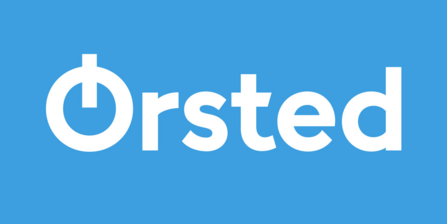
Thanks to Ørsted who have contributed funding to the Cumbrian creel project. This funding has provided the required gear, including creels, to the fishers.
Ørsted is part of a multinational renewable energy group, a leader in offshore wind with a vision of “creating a world that runs entirely on green energy.” Ørsted works with fishers and their representatives to encourage more sustainable fishing methods. The area where this sustainable fishery is being developed is the West of Walney Marine Conservation Zone, which is partially co-located with five offshore windfarms (four of them managed by Ørsted).
